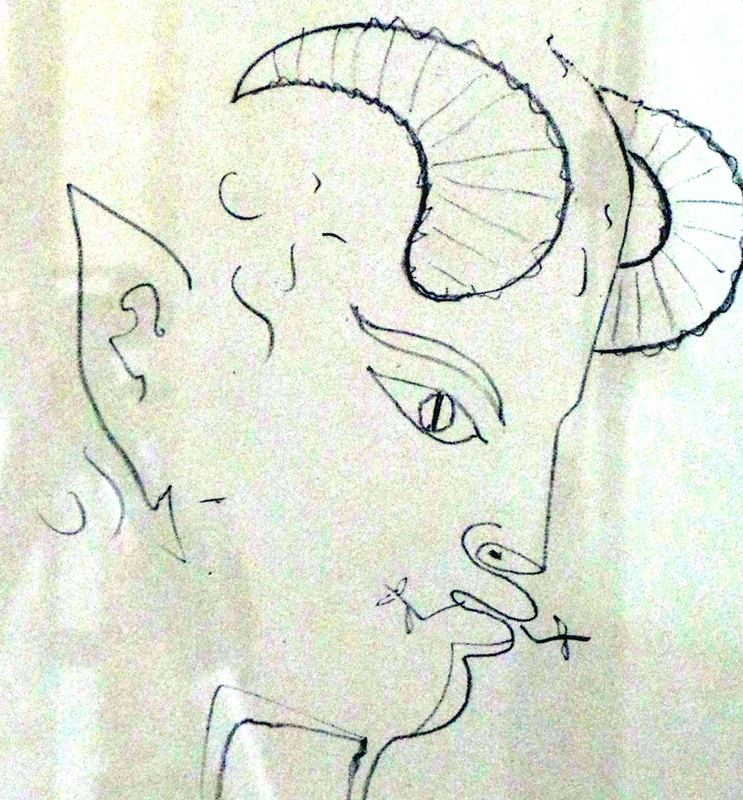"Minotaur"
"Minotaur, " The Yale Review (Spring 1999), 15-16; Collected Poems (New York: Knopf, 2002), 854-55.
Merrill wrote of “Minotaur” in his Journal (24 ix 94): “Poem about teenage minotaur . . . . Who forgets the past is condemned to repeat it. But from a different corner of the triangle.” The myth of the Minotaur is for Merrill the “one myth” that Yeats imagines when he wrote: “I have often had the fancy that there is some one myth for every man, which, if we but knew it, would make us understand all he did and thought (“At Stratford-on-Avon,” Essays and Introductions).
The myth is also the one Merrill’s nephew, the poet Robin Magowan, invokes in his narrative about finding his identity within the Merrill family, Memoirs of a Minotaur (1999). Magowan tells of being trapped in a labyrinth of wealth and privilege and in danger of becoming a devouring Minotaur like his father. Magowan’s theme is like Merrill’s in his novel about his family, The Seraglio, which ends with the adults at a Christening party consuming the candy babies on the cake.
The theme of the old devouring the young appears in the reference to his "father's terrible head." However, Merrill inverts the Greek myth of the sacrifice of Athenian youth as he imagines the young Minotaur devouring the lives of the willing old men and women. The complex reversal of the myth in “Minotaur” helps us understand the conflicted feelings expressed in “Farewell Performance” and “Investiture at Cecconi’s.”
Commentary on the poem appears in the left margin under "Introduction to Three Late Poems" and "Survey of Literary Criticism." All material is copyrighted. For questions, contact Timothy Materer or Erica Kao.

